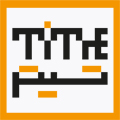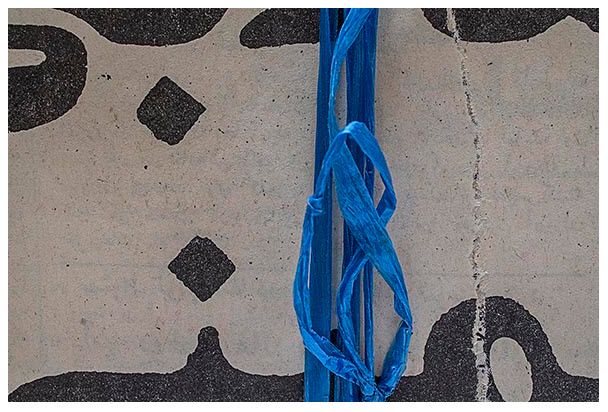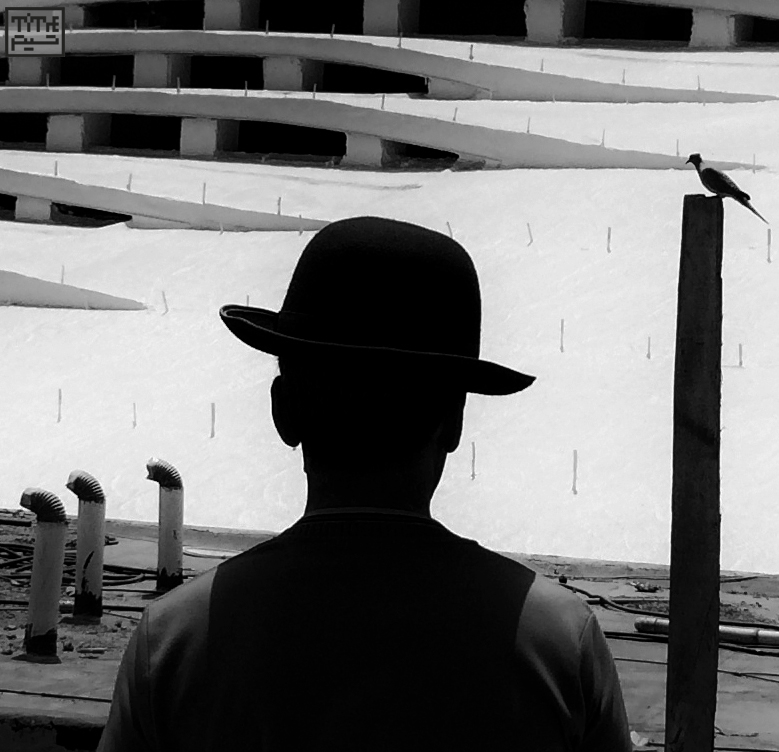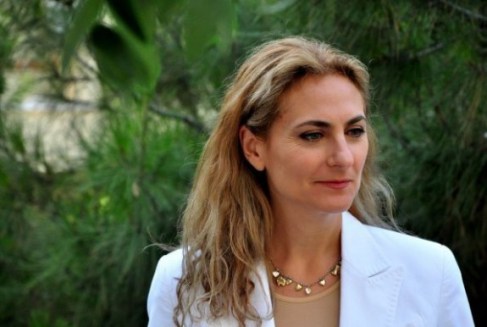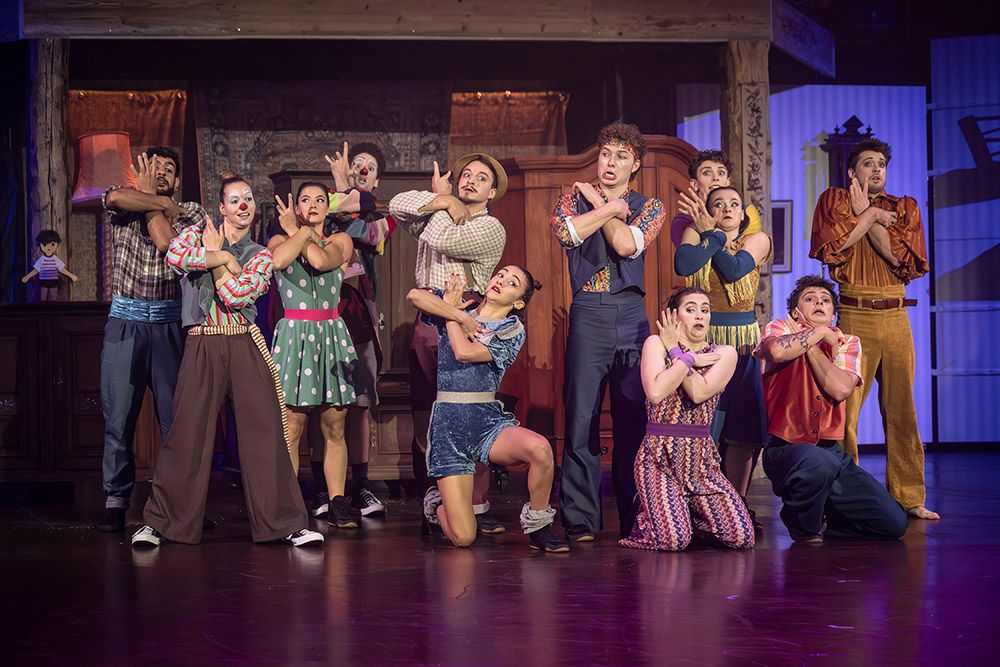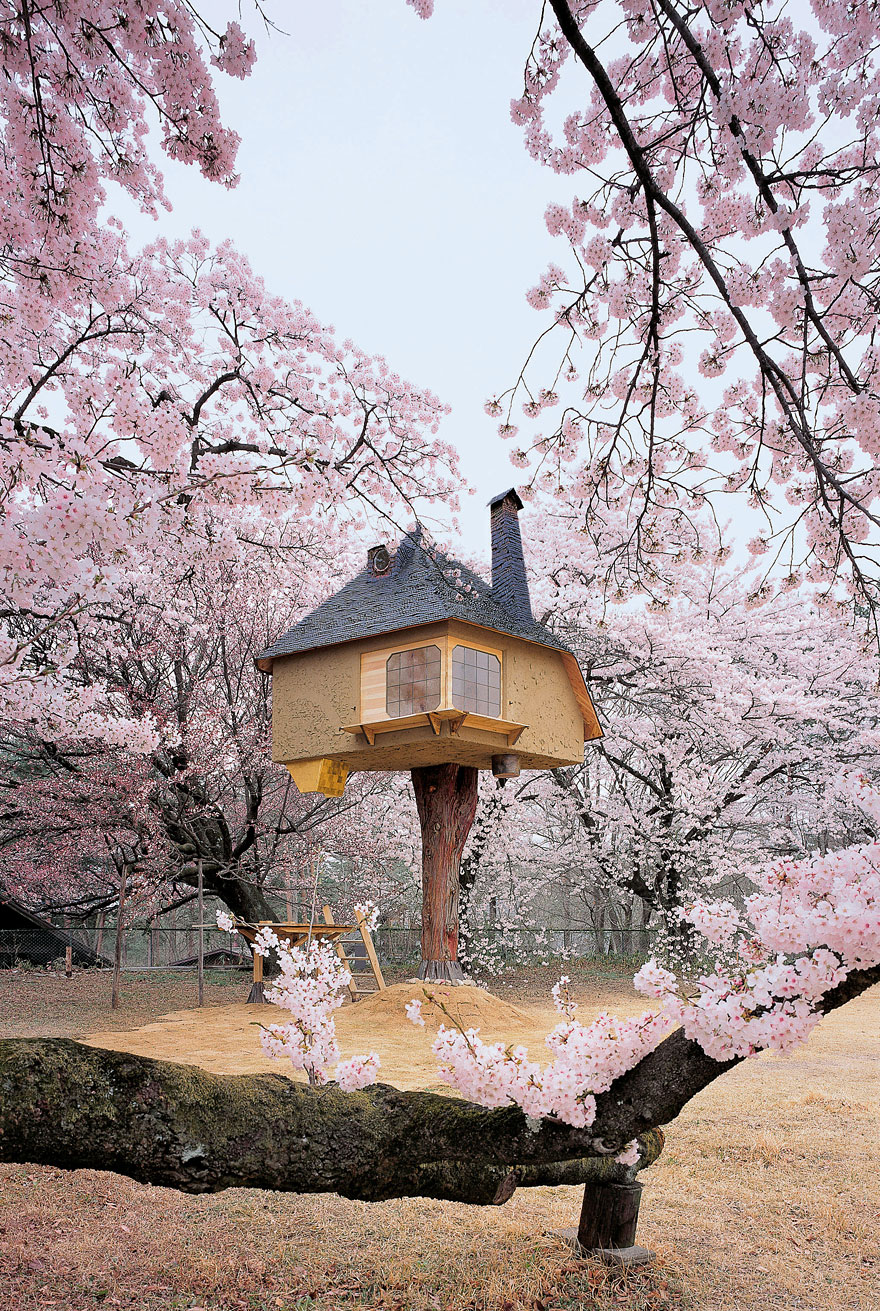Roshanak Keyghobadi*
USA
***
Where film lets us believe in more things,
photography lets us believe more in one thing.
–Christian Metz
With no doubt Mehran Mohajer is an influential figure in the history of Iranian photography. Mohajer (b.1964, Tehran) is a photographer, lexicographer[i] and a lecturer in photography at Tehran University. He has written and translated articles in a wide range of subjects from photography, linguistics, and poetry to modern hermeneutic and analysis of debate. Mohajer’s photographs have been in several solo and group exhibitions in Iran, France, Germany, Greece, USA, and Australia.
In November of 2012 Mohajer had an exhibition of his photographs at Tarahan Azad Gallery in Tehran, titled “Nothingness/Poverty of.” I would like to focus on one photograph that belongs to this collection and in my view is a suitable point of entry to Mohajer’s complex and fascinating visual language.
This photo (above) does not have a title. At first glance it appears to be an extreme close up of a printed matter such as a page of newspaper. Lines of bold type —one on top of the composition and the other on the bottom— frame the image and a bright ultramarine blue plastic ribbon in the center not only divides the image to right and left sections but also brings the top and bottom edges of the image together. Parallel to the blue line and on the right, the paper has been worn out and torn. The narrow tear has created a linear gap on the surface. To the left of the blue ribbon two noghteh (dots belonging to letters above and below) also create a visual line. The whole composition is subtly gridded.
The boldness of the type on top and bottom of the composition is in extreme contrast with the middle section of the photo where it seems to be offering the viewers’ eyes and minds an open white space to rest and contemplate. But upon keener observation the viewers soon discover that this white space is not truly quite and void of any marks. Reversed lines of type in shape of letters, words and sentences and another grid system made of rules and line that are printed in the back side of the paper show through the surface very lightly. Another interaction between typographic elements in the photo also happens in relationship to the two bold and macro lines of type and the two micro letters that peak through the torn gap on the surface of the newspaper.
Attention to the relationship between type and image, language and photography has been at play in several of Mohajer’s collections of images. For example in The light is off the room is dark (2003) and Image, text and money (2006) Mohajer uses newspapers as source of written ingredient for his images. In Migrant Packages (2004) handwriting, in Undistributed Packages (2005) misprinted papers, in Expired history (2006) stamped expiration dates, and in Flags (2004) printed type on fabrics make up the typographical components of his photographs.
In 2008[ii] Mohajer explained the connection between typography and photography in his works: After studying photography I have studied linguistics and since then I have got a split mind!…Therefore my interest in typography is not immanent and is not directed to its very nature. I am interested in the interplay of language and photography as two semiotic systems and the results, which can merge from this confrontation. Then typography is one of the possible manifestations of language itself, but having its own cultural significations.
But what is the relationship between this image and “nothingness”? What is the “poverty of” this image? In a brief and poem-like statement for the exhibition Mohajer (2012) stated that: Nothingness like desire, awareness and love is directed towards something. I don’t know what is this thing? Is it my eye or my mind? Or the outside world? These photos are contradictions that exist in my mind, on one hand I am passionate about photography and on the other I am fed up with all the sameness and “post” condition…so I returned to image/word and tried to reside in the materiality of the image/word and feel and sense this material. And I touched and saw this nothingness.
Later when I asked him about the “Nothingness/Poverty of” photos he (2014) added: The nothingness series is a result of investigation in the mechanism of the camera and the mechanism of seeing and touching. In this collection I have tried to demonstrate the poverty of photography to its end. (based on Christian Metz’s logic in “Photography and Fetish”). The camera is so close to things, that in many instances the lens touches them. This closeness causes the thing to become separated from its surrounding and its status of thingness becomes suspended. What is in front of the camera is not a thing in the usual sense (glass negative, photos, TV image, words in a book, or letters in a newspaper). This suspension has happened twice; when the thing was selected and also when confronted by the camera. Although the subject matter of photographs are things in the material sense yet from a cultural perspective they belong to the realm of representation and they mediate between the world and us. In fact our experiences of them are in the domain of seeing and thinking but the camera tries to touch them. Whether it is and effort in vain or successful, you can be the judge of that.
Nothingness is commonly defined as “empty space” “utter insignificance” and also “the state of being no longer seen, heard, or felt”. Mohajer’s attempt to feel the materiality of what he calls “nothingness” and using the camera as the extension of his body to get extremely close to “things” transforms their state of utter insignificance and makes them worthy of seeing and touching. In the process of pausing and taking time to register all the details of what may be called “nothing” in Mohajer’s photographs, the viewer is pleasantly rewarded with unexpected surprises and sophisticated visual and linguistic enigmas. It maybe that Mohajer is hinting at the “poverty of” human perception and mind rather than things and opening up a vista to see something in everything even if we regard it as “nothing.”
[i] Mohajer holds a BA in photography and MA in General Linguistics.
[ii] From Mehran Mohajer’s e-mail correspondence with Roshanak Keyghobadi, 2008.
*Roshanak Keyghobadi is an artist and independent scholar who writes regularly about Iranian contemporary art and artists with special focus on design and typography. She holds a doctoral degree in Art and Art Education from Columbia University and her MFA and BFA are both in Graphic Design. She blogs at artCircle.
